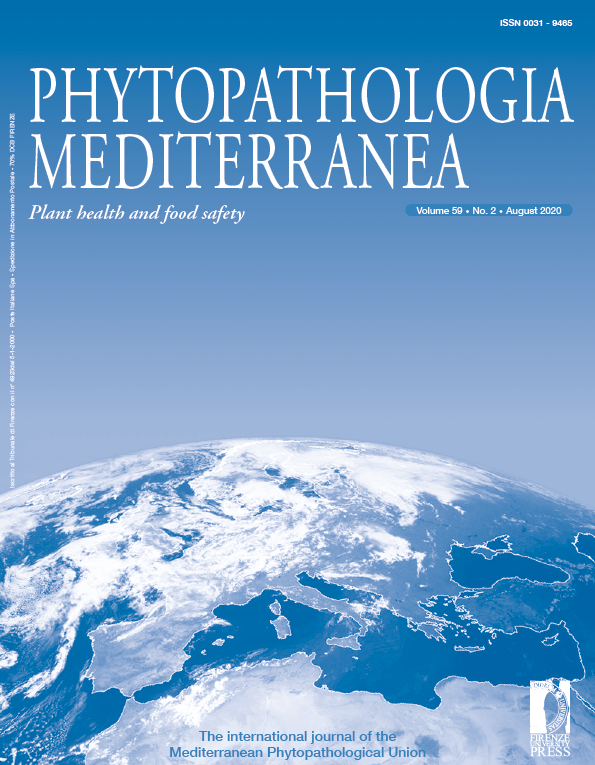Postharvest application of hot water and putrescine treatments reduce brown rot and improve shelf life and quality of apricots
Published 2020-09-01
Keywords
- Decay,
- fruit firmness,
- Monilinia spp.,
- skin colour
How to Cite
Abstract
Iran is an important apricot production and export country. Postharvest losses of apricots from brown rot (caused by Monilinia spp.) are major concerns for producers. Effects were assessed of postharvest hot water, putrescine and acetic acid treatments on apricot quality and shelf life. After treatment applications, fruit were cold stored at 5°C and 80% (±5%) relative humidity for 40 d. During this period, physical and physiological properties of the apricots were evaluated at 10-d intervals. Parameters assessed were fruit weight, decay, firmness, total soluble solids, titratable acidity, and skin colour values (L*, a*, b*). The 55°C hot water and 2.0 mM putrescine treatments gave the least fruit weight loss, brown rot incidence, and firmness loss after 40 of storage. For all treatments, fruit total soluble solids increased during storage, and these were greatest for the control (untreated) apricots. Apricots treated with hot water and putrescine had the greatest titratable acidity. The skin colour of all untreated and treated apricots improved throughout storage (from red to deep yellow). These data support the use of postharvest hot water and putrescine treatments for improved quality of apricots during storage. The scaling up of these treatments to packinghouse situations is important for evaluation of their technical and economic feasibility.






